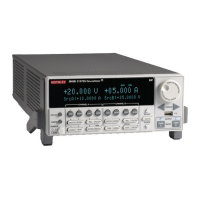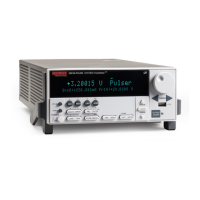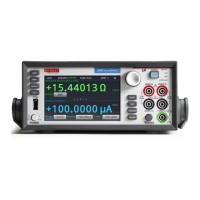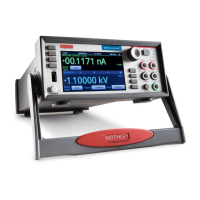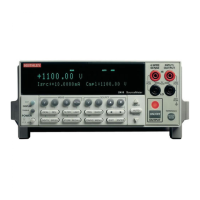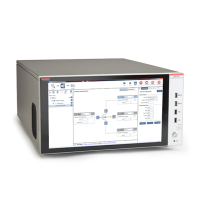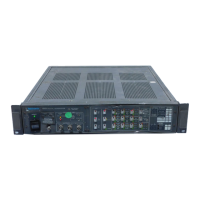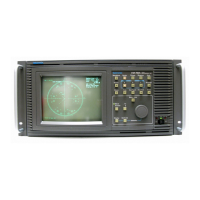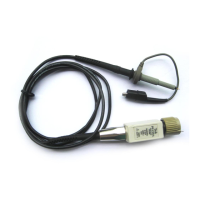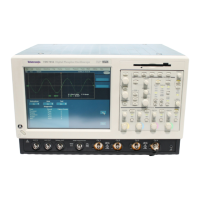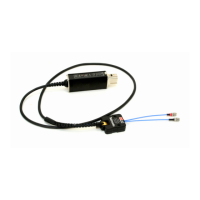There is a maximum DUT impedance for each current source range for which the specified current
settling times are maintained. The following table lists the DUT impedances for each of these current
source ranges. For the latest specifications, go to tek.com/keithley. The settling time on a current
source range can increase significantly when measuring DUTs that have an impedance that is higher
than the maximum DUT impedance listed below.
Creating pulses with the 2600B SMU
Although the 2600B is not a pulse generator, you can create pulses by programming the SMU to
output a dc value and then return to an idle level. For information on how to create pulses, refer to
Sweep operation (on page 2-51) and Using the remote trigger model (on page 4-3).
Pulse rise and fall times
Although the 2600B can create pulses, it is not a pulse generator (pulse rise times are
not programmable).
The pulse rise time is the time it takes a pulse to go from 10% to 90% of the maximum value of the
pulse. Pulse fall time is similar but on the trailing edge of the pulse. For the 2600B, pulse rise and fall
times can vary depending on the following factors:
• Range and pulse settling (on page 5-27)
• Load and operating mode (on page 5-27)
• Compliance limit settings (for details, see Limit principles (on page 5-1))
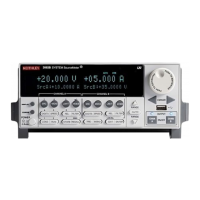
